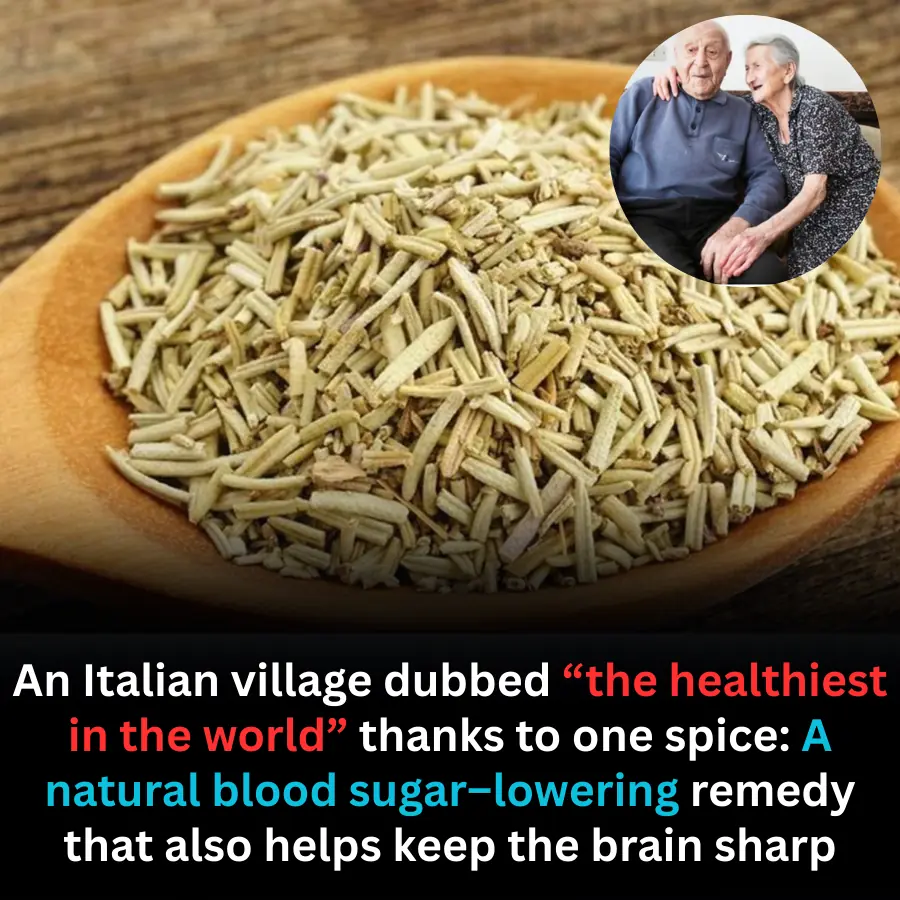
Throwing away coriander roots is wastefu
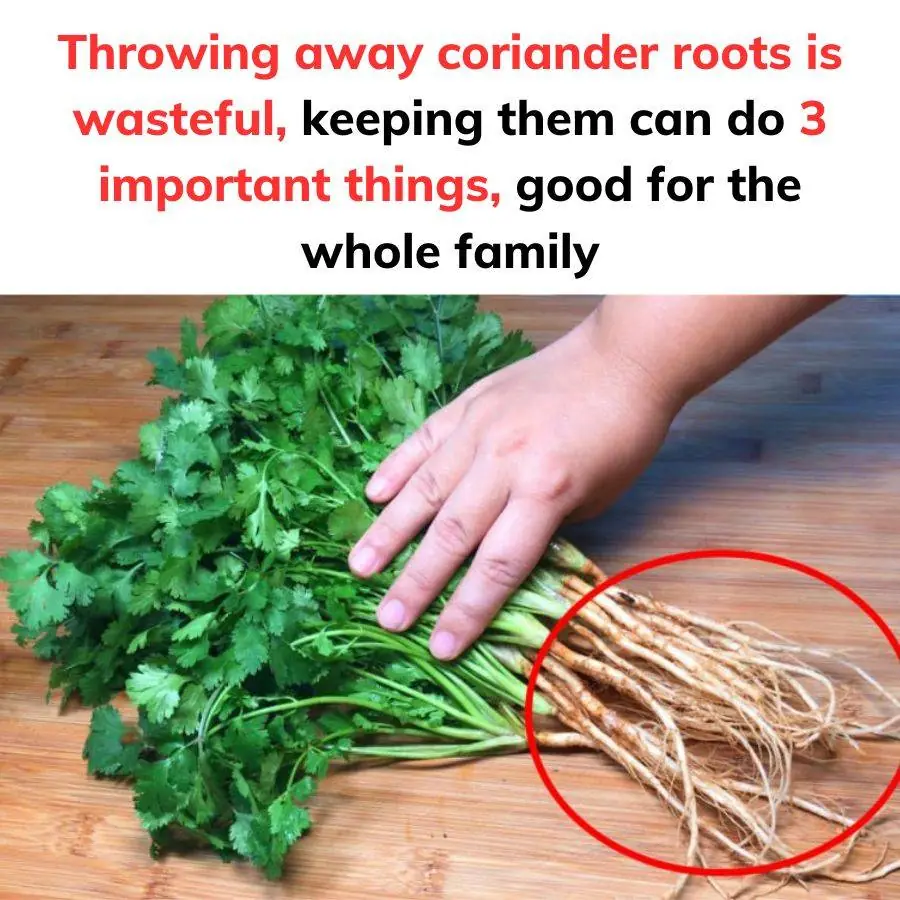
1. Coriander roots used for cooking:
Coriander is often used as a spice and to decorate dishes. It also contains many vitamins and minerals that are good for health.
In addition to the stem and leaves, coriander roots can also be used. Coriander roots have a characteristic aroma, not inferior to the leaves.
You can wash the coriander roots (can be crushed or crushed) and then use them to marinate foods such as grilled meat. When cooking broth for noodles, hot pot, etc., you can add coriander roots to cook with other spices such as ginger, onions to enhance the flavor.
Coriander roots can also be used to make delicious seafood dipping sauces.
2. Use coriander root water to cook water:
Coriander roots contain more iron, vitamins, and calcium than the leaves. It has a strong, pleasant aroma and can be used to cook drinking water. Coriander root water has the effect of increasing sweating, relieving colds, supporting the digestive tract, detoxifying the liver, supporting the weight loss process. This type of water also has the effect of reducing fever and reducing cold symptoms.
You just need to cut the roots to wipe your nose, wash away the mud. Boil a pot of water and then turn down the heat, put the coriander roots in and cook for a few minutes to dissolve the nutrients into the water. Avoid boiling coriander root water at high temperatures because many nutrients can evaporate. Coriander root water can be drunk hot or cold.
3. Growing coriander from roots:
You can take advantage of the coriander roots to grow new plants. The planting method is very simple, just take advantage of a few used plastic bottles or a few pots of ornamental plants, styrofoam boxes.
Choose coriander plants that are intact, the roots are not crushed. Cut the roots off the stem. Store the leaves and stems in the refrigerator for later use.
Cut the bottom of the water bottle into a pot to grow plants. Poke a few small holes in the bottom of the bottle and place the coriander roots in it.
Prepare a plate or a deep tray to hold the water to grow coriander. Pour clean water into the plate. If you want the coriander roots to grow quickly, you can use nutrient water (you can find nutrient water for growing plants at gardening stores).
You can use the coriander roots to grow new coriander plants.
Place the bottle containing the coriander roots in the water plate. Note that the coriander roots only need to be about 1/3 submerged in water. Place the coriander root plate in a place with light but not too strong.
Change the water every 5 days.
The coriander will slowly develop roots, new stems and leaves. You can start harvesting after about 20 days.
You can also bury the coriander roots in the soil and water them daily. Place the pot or styrofoam box in areas that receive light for the plants to grow well. Growing coriander in soil will help the herbs grow well, with larger leaves and a richer flavor.
News in the same category


Green or Orange Dot on Your Phone? Experts Warn It Could Be a Privacy Alert

To know if your internal o.r.gans are infected, just look at your feet. If there are 3 signs, you need to go to the emergency room

Health Warning: Never Do This While Showering — It Can Be Far More Dangerous Than You Thin

A Simple Home Hack: Light a Candle in a Pineapple Shell and Enjoy Unexpected Benefits

Food Safety Warning: 3 Types of Tofu You Should Never Buy, Even at a Bargain Price

Why people with green eyes are so fascinating?

Why you shouldn’t build a toilet under the stairs?
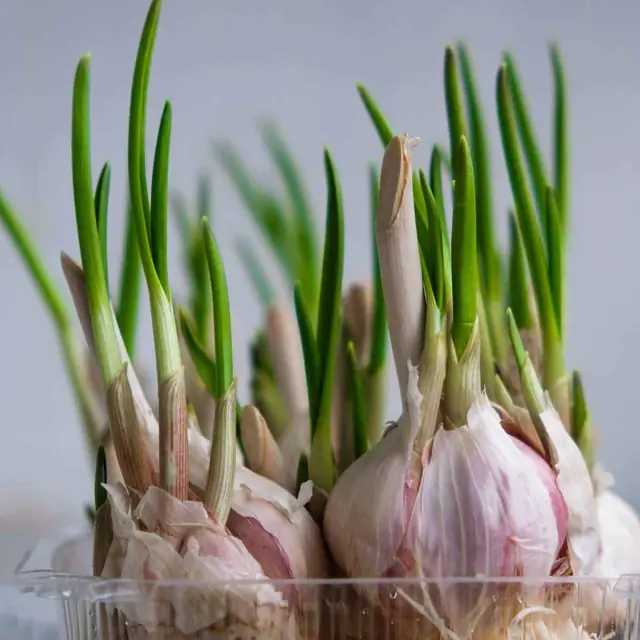
If These 4 Foods at Home Start Sprouting, Don’t Throw Them Away: They’re Not To.xic—They’re Even More Nutritious!
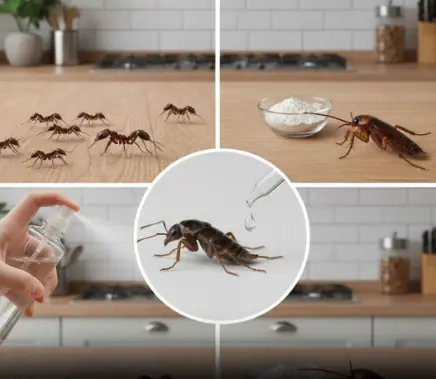
Goodbye fleas, ants, and cockroaches with this home remedy

Turns out this is what costs us more electricity than anything else
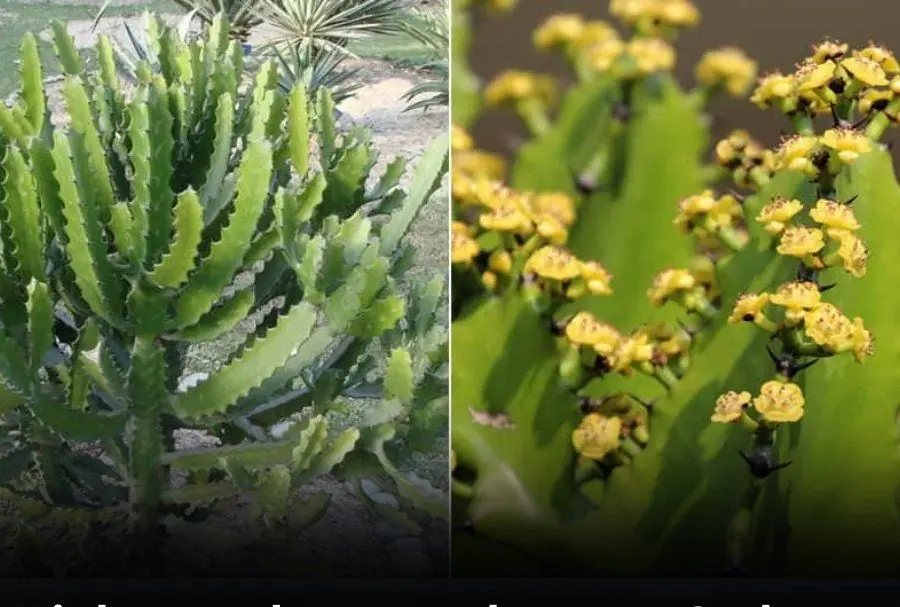
Try picking a few plants from this list and see what good things come your way!

Clothes come out of the wash wrinkled? Add this cheap item to the washing machine—laundry comes out smooth and fresh

If You See These 3 Signs in a Hotel Room, Check Out Immediately, Experts Warn
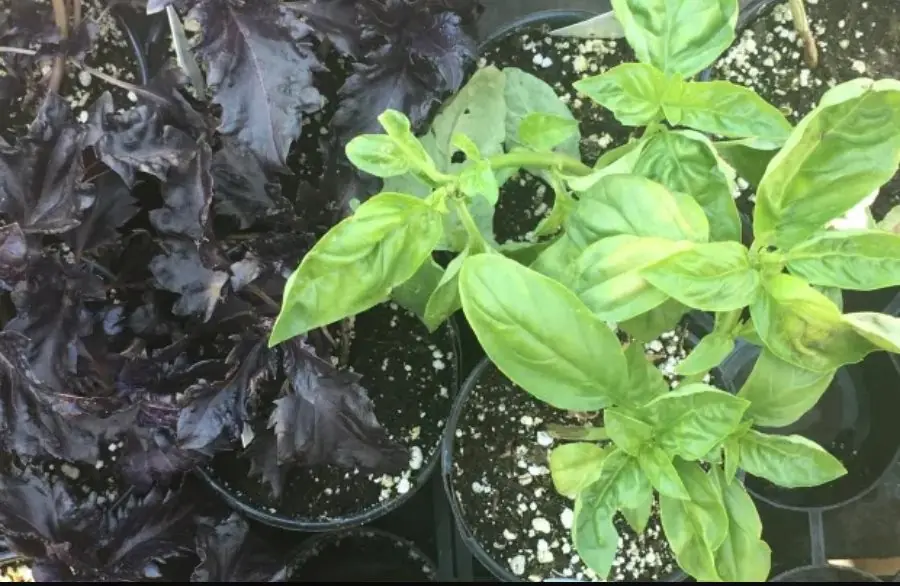
This vegetable is not only a familiar spice but also a valuable medicine

4 Types of Drinks You Should NEVER Put in a Thermal Flask

Why do dogs react aggressively to some but stay calm with others? There’s always an explanation

Smart travelers always turn on the bathroom light when staying overnight in a hotel — here’s why
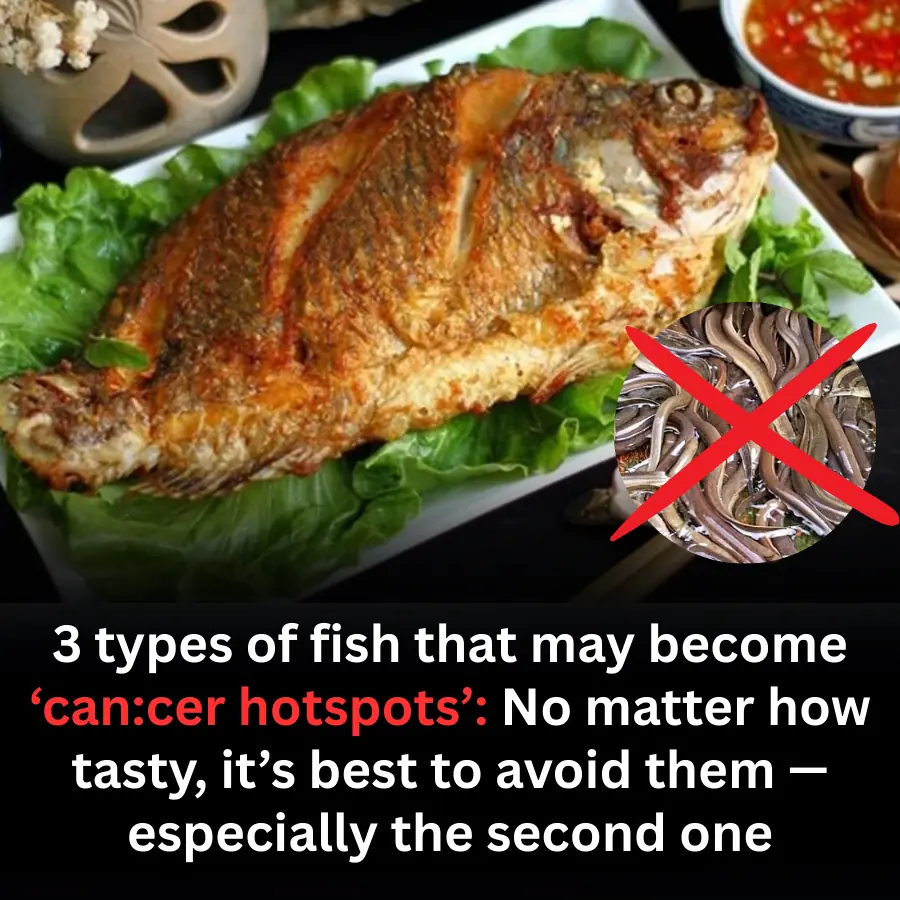
3 types of fish that may become ‘can:cer hotspots’: No matter how tasty, it’s best to avoid them — especially the second one
News Post
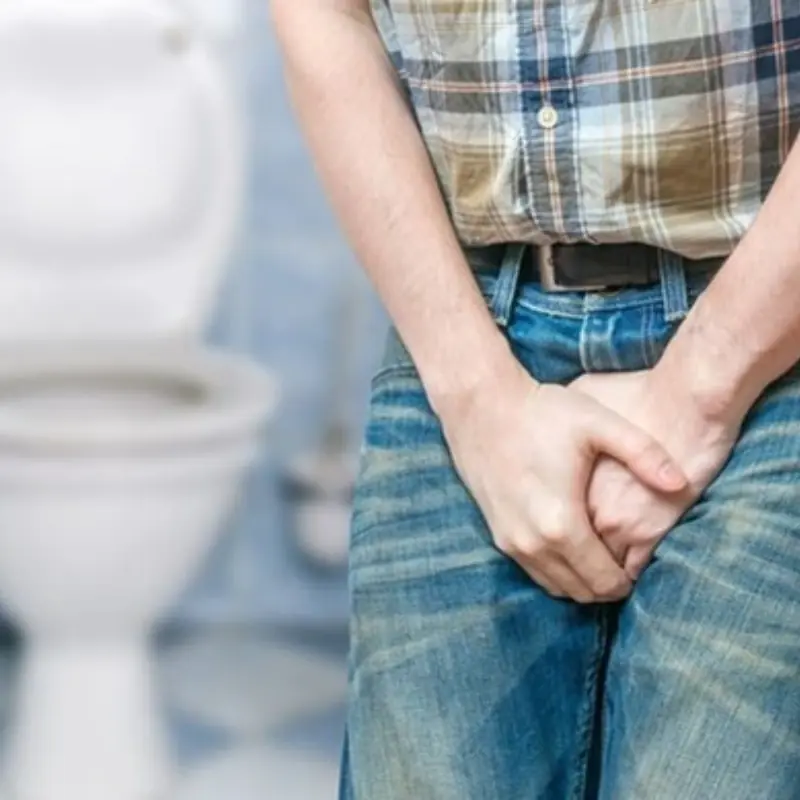
Doctors Explain the Health Differences Between People Who Wake Up at Night to Urinate and Those Who Don’t
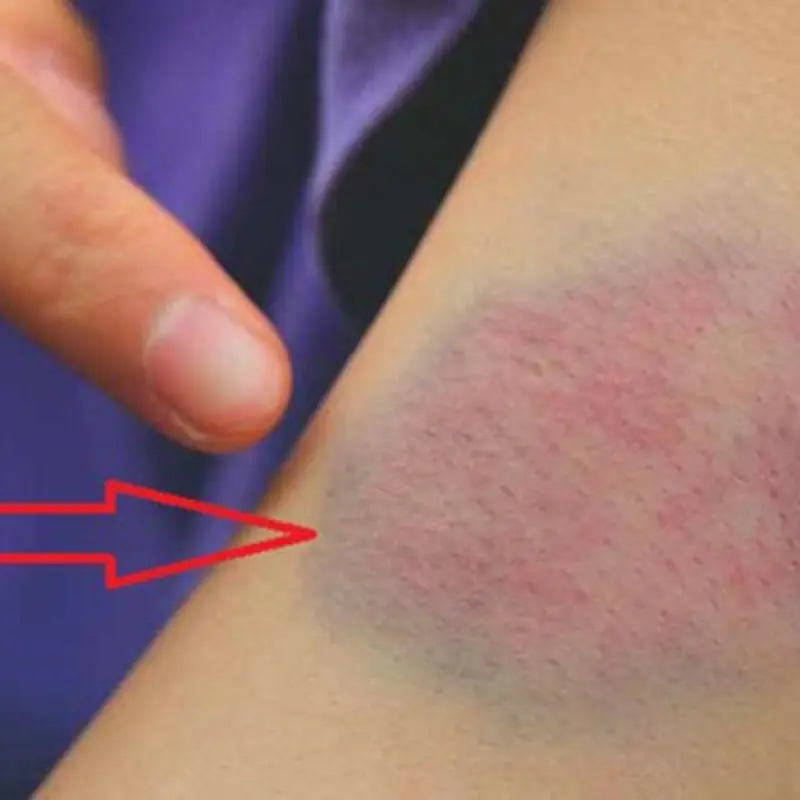
Doctors Explain What These Bruises on Your Body Might Mean

Red Velvet Cinnamon Rolls with Cream Cheese Glaze
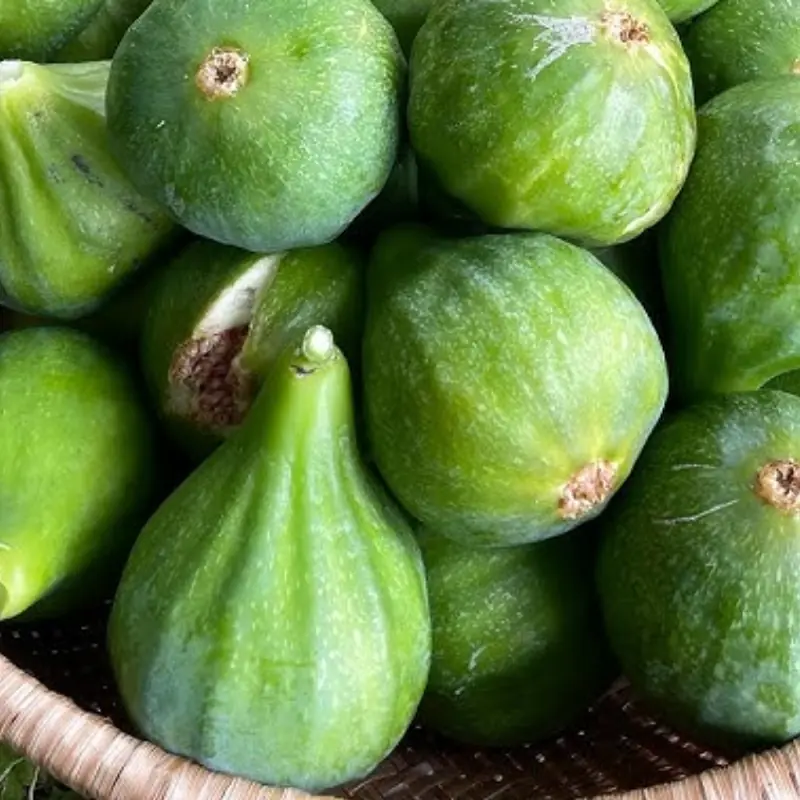
Even can.cer cells can’t stand these four fruits, which are loved and cultivated worldwide

Before c.a.ncer arrives, hands and feet often have these 4 signs

Waking Up to Strange Marks on Your Pillow or Blanket: A Can,cer Sign? Doctors Say the Truth Is More Complex

Doctors Warn: Three Husband Behaviors That Could Increase Cervical Can.cer Risk

The Italian Village Known as “The Healthiest in the World” — Thanks to One Everyday Spice

Green or Orange Dot on Your Phone? Experts Warn It Could Be a Privacy Alert
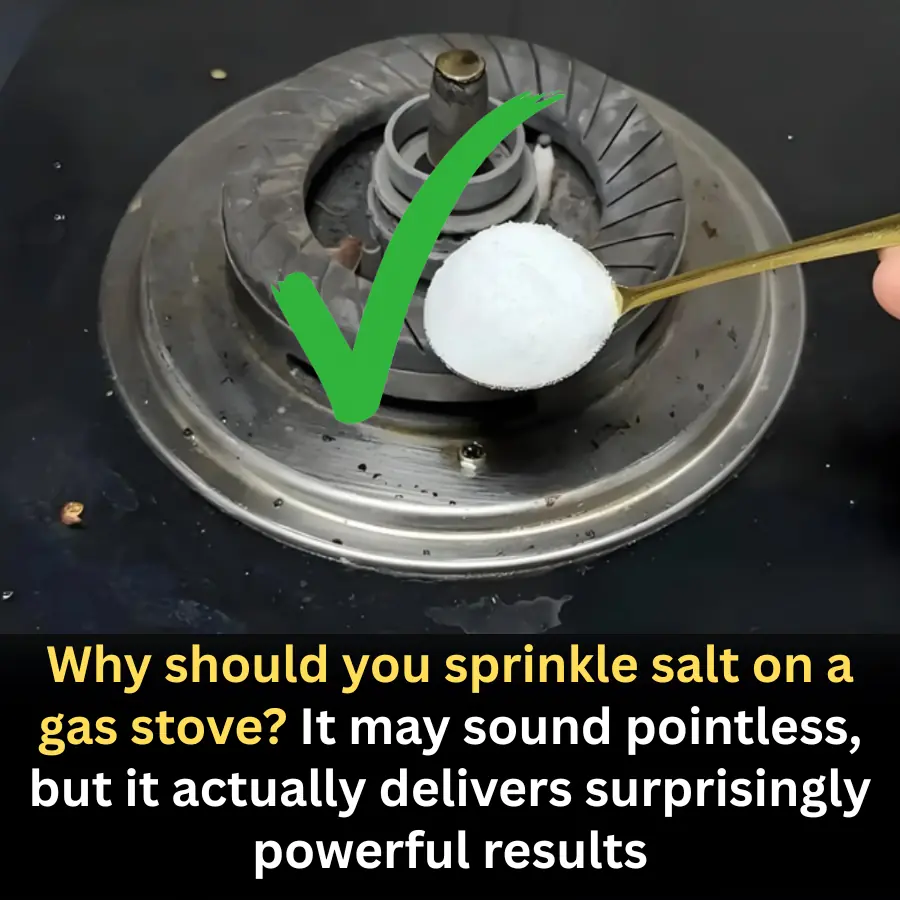
Why Sprinkling Salt on a Gas Stove Is a Smart Household Trick
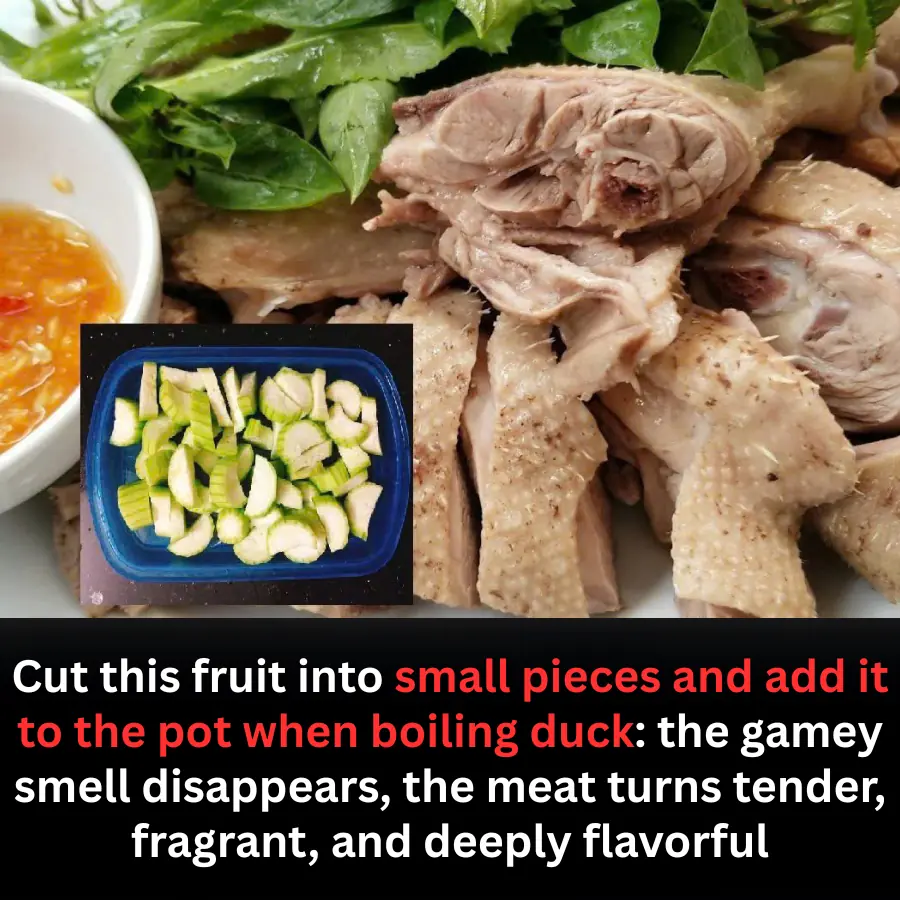
A Simple Kitchen Trick: Add This Fruit When Boiling Duck to Remove Odor and Boost Flavor

To know if your internal o.r.gans are infected, just look at your feet. If there are 3 signs, you need to go to the emergency room

Chinese Medical Expert Reveals a Dish That Helps Fight Blo.od Clots and Tumors

6 Stroke Warning Signs After Showering You Must Never Ignore

Health Warning: Never Do This While Showering — It Can Be Far More Dangerous Than You Thin

Be Careful: These 2 Types of Fish May Increase Cancer Risk if Eaten Frequently

A Simple Home Hack: Light a Candle in a Pineapple Shell and Enjoy Unexpected Benefits

Food Safety Warning: 3 Types of Tofu You Should Never Buy, Even at a Bargain Price

Doctors Warn: 3 Fruits That May Quietly Harm Your Liver If Eaten Incorrectly
